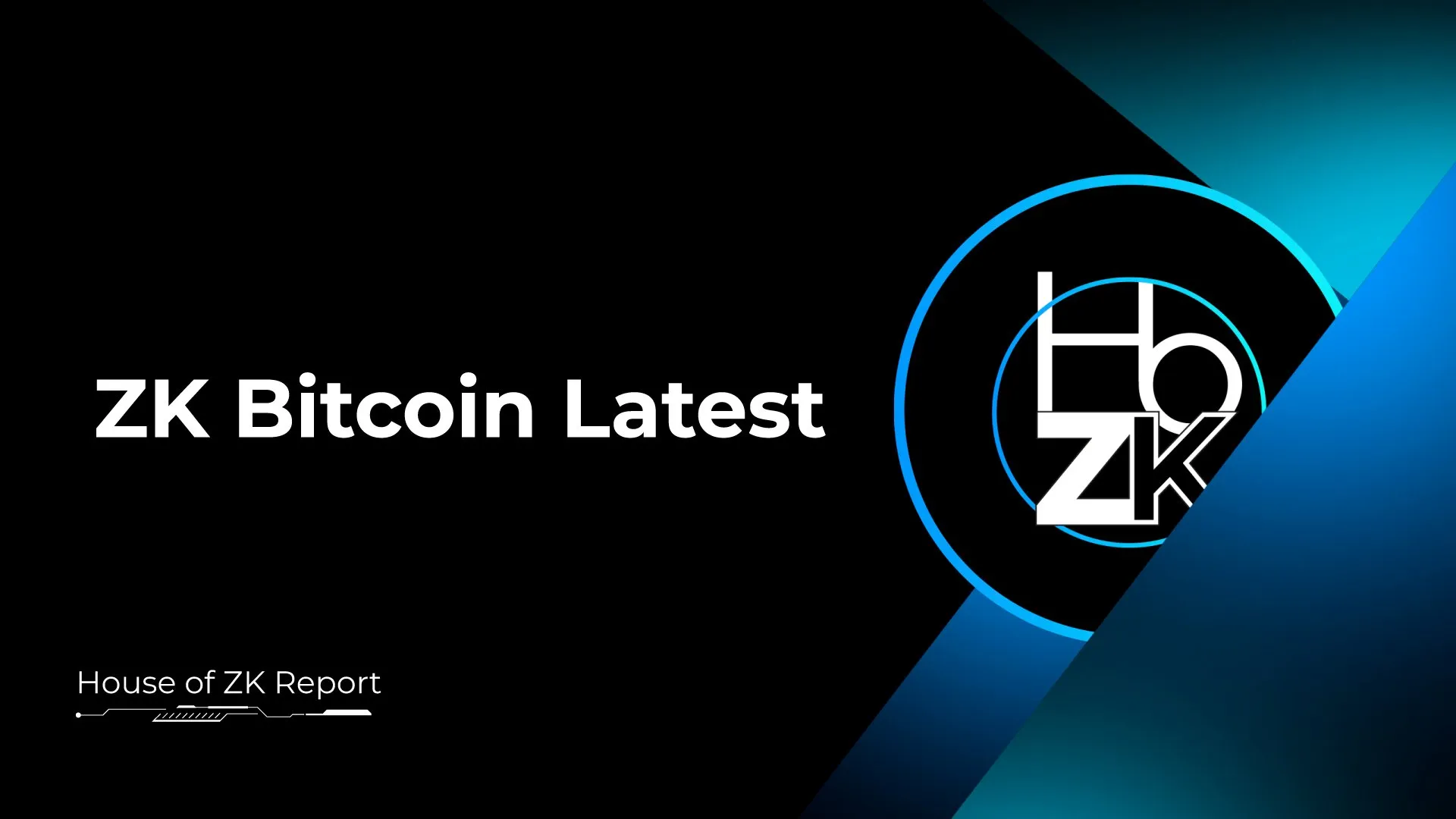
Here we report on the progress of the leading builders in the zkBitcoin ecosystem, documenting recent significant releases, technical breakthroughs and general updates.
Featuring: @AlpenLabs, @babylonlabs_io, @build_on_bob, @BTC_OS, @citrea_xyz, @FairGateLabs/BitVMX, @fractal_bitcoin, @GOATRollup, @layeredge, @Starknet/@StarkWareLtd, @TheTNetwork, & @ZeroSync_.

Education
In a new video release, @david_seroy, Head of Ecosystem of @AlpenLabs explains how the ShieldedCSV protocol could enable fully private, self-custodial payments on @Bitcoin: https://x.com/david_seroy/status/1971237954321514727
Developed by @n1ckler, @robin_linus, and @liameagen, ShieldedCSV combines client-side validation with ZKPs to provide privacy and double-spend protection. The protocol anchors minimal data on @Bitcoin’s base layer, raising debate over acceptable on-chain data use. D
avid describes it as a possible L2 approach for private Bitcoin transactions that aligns with Bitcoin’s core principles.
Media
@simanta_gautam, CEO of Alpen Labs and @MIT graduate, will join leading figures in ZK for the first edition of @HouseofZK's ZK Industry Leaders series: https://x.com/HouseofZK/status/1969045760160174379
Other episodes in the series feature BitVM creator @robin_linus, @StarkWareLtd CEO @EliBenSasson, and @GOATRollup Chief Economist & Finance Professor Redouane Elkamhi.
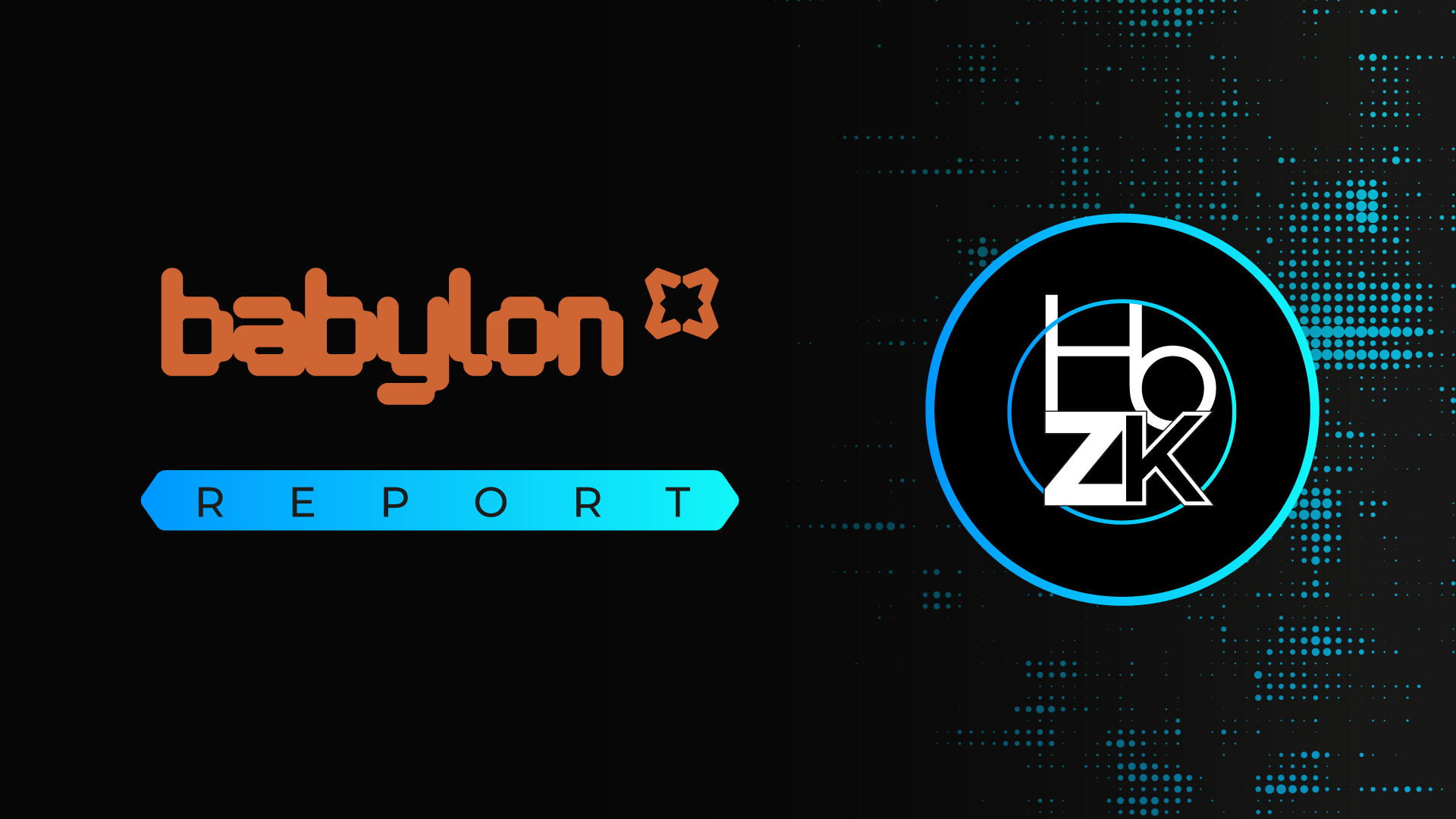
@babylonlabs_io has released an updated roadmap outlining its next steps for expanding @Bitcoin’s role in DeFi through trustless vaults: https://babylonlabs.io/blog/a-vault-first-roadmap-catalysing-bitcoin-defi
Highlights:
• The new phase focuses on launching the trustless Bitcoin vault protocol, enabling native Bitcoin to interact with DeFi without bridges or custodians.
• Vaults will first be deployed on Ethereum before expanding to other networks.
• Building on its $10B staking protocol, Babylon targets $100B in Bitcoin activity, with the mainnet launch planned for early next year.

Tech
@build_on_bob has introduced a 1-click system enabling native @Bitcoin transfers to and from wBTC.OFT across 11 @LayerZero_Core-supported blockchains, including @ethereum, @base, @BNBCHAIN, @avax, @Optimism, @unichain and others: https://gobob.xyz/blog/btc-to-wbtc
The BOB Gateway simplifies access to Bitcoin liquidity for nearly 15,000 decentralized apps, supporting institutions and retail users.
Publications
BOB published a comprehensive guide on how users can earn yield on their Bitcoin through new staking methods: https://gobob.xyz/blog/what-is-bitcoin-staking
The piece explains how @babylonlabs_io enables native BTC staking, how Liquid Staking Tokens (LSTs) enhance liquidity, and how restaking and BitVM bridging expand opportunities. It also details how the BOB platform simplifies Bitcoin staking, management, and yield optimization in a decentralized environment.
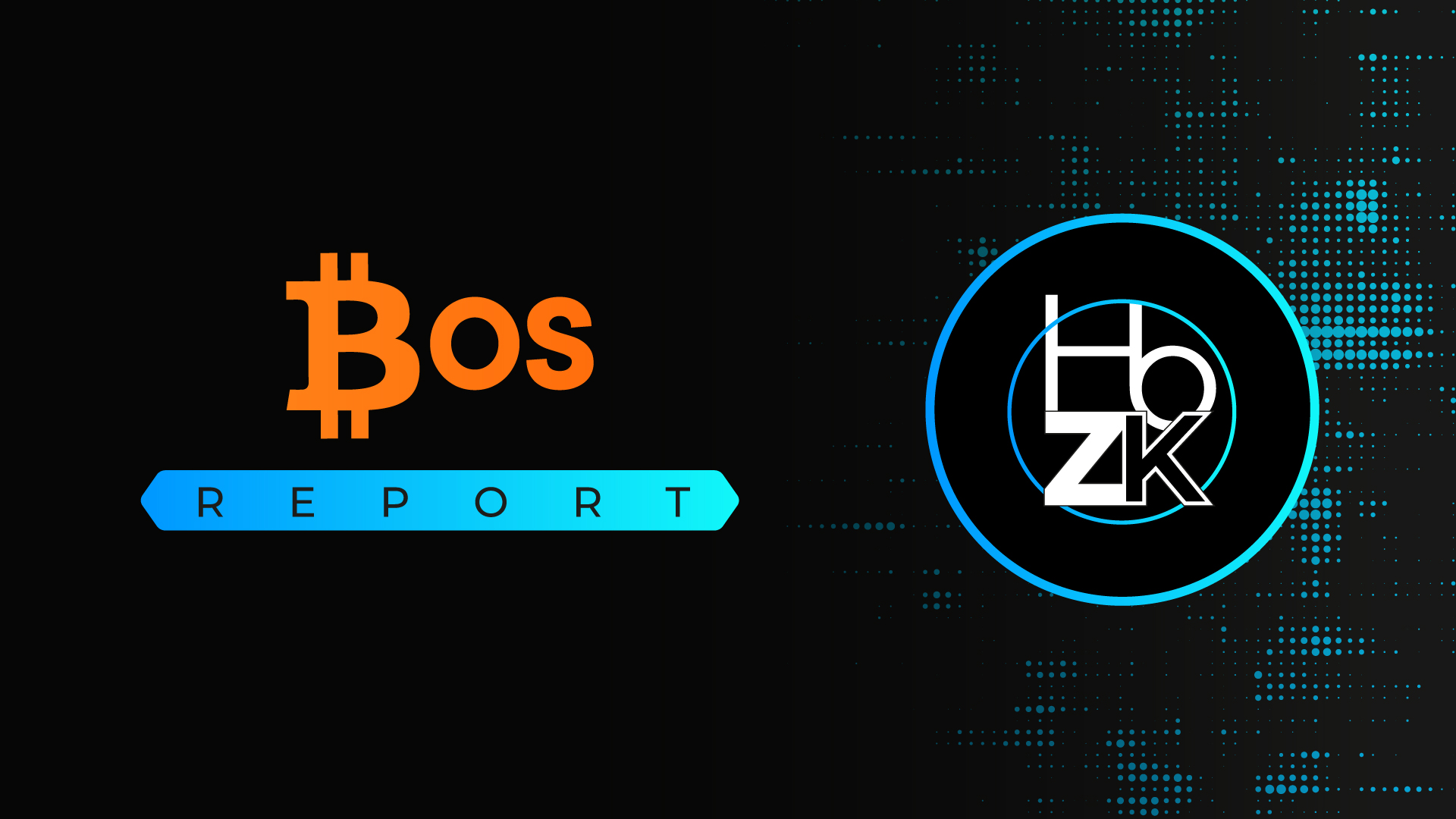
@BTC_OS shared an article explaining how institutional investors now hold over 6.1 million BTC - around one-third of the total supply - and are exploring ways to use these assets in decentralized finance without giving up custody: https://bitcoinos.build/media-center/articles/grail-pro-bringing-institutional-bitcoin-to-defi
It also outlines how BOS’s own Grail Pro system enables institutions to issue verifiable @Bitcoin-backed tokens while retaining control of their holdings, highlighting rising institutional interest in secure, compliant participation within DeFi markets.
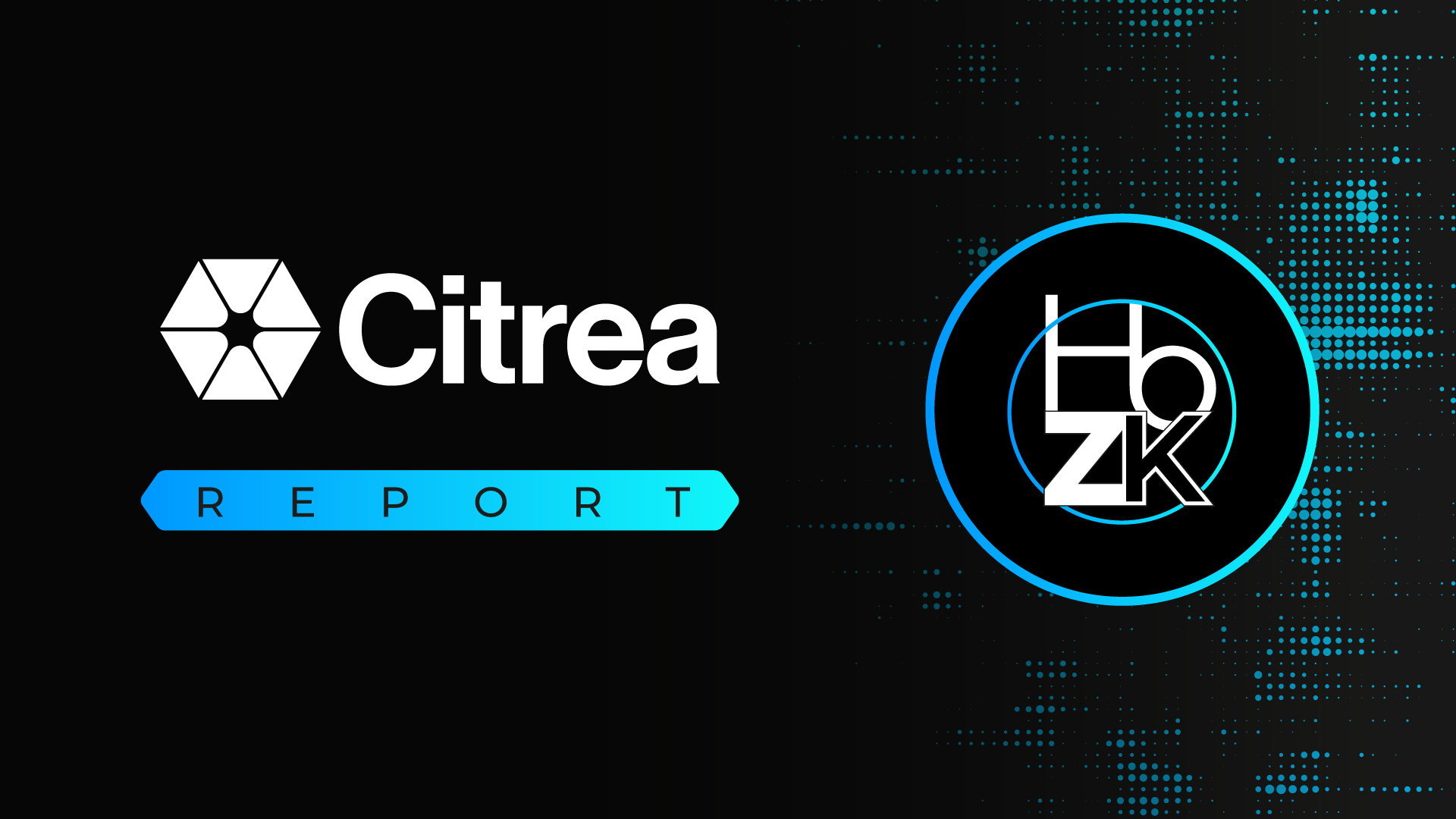
Testnet
@citrea_xyz has released an article marking one year since launching its Testnet: https://blog.citrea.xyz/1-year-of-citrea-testnet/
In summary:
• Over 30 Bitcoin-based applications joined its ecosystem during the year.
• The team raised $14 million in a Series A round led by @foundersfund.
• Clementine, the first complete BitVM bridge, was deployed on Bitcoin Testnet4.
• Citrea Origins incubation program launched to support ₿app development.
• Global hackathons engaged 120+ developers with $24K in prizes.
• Multiple audits prepared the system for the upcoming mainnet launch.
Integrations
Citrea integrated several projects into its Testnet, including:
• @ZentraFinance: Introduced a decentralized, non-custodial money market built for Citrea and Bitcoin, enabling sustainable yields and protocol-owned liquidity: https://x.com/citrea_xyz/status/1967638162223911283
• @FibrousFinance: Joined as a DEX aggregator and liquidity hub, gathering liquidity to ensure best execution and seamless trading across the ecosystem: https://x.com/citrea_xyz/status/1968319964039061753
• @elitra_xyz: Launched its BTC Vault on Citrea Testnet, turning idle Bitcoin into productive capital through automated yield strategies: https://x.com/citrea_xyz/status/1968361925118726503
• @dzap_io: Brought an AI-powered execution layer that unified DeFi liquidity across 150+ protocols and simplified cross-chain operations: https://x.com/citrea_xyz/status/1971236712434352503
• @JuiceSwap_com: Debuted as a permissionless DEX enabling instant swaps, liquidity provision, and optimized trading on Citrea: https://x.com/citrea_xyz/status/1971530207577460940
• Spice Flow by @spicenetio: Went live with an SDK and API helping ₿app developers scale easily, reduce friction, and make apps feel native everywhere: https://x.com/citrea_xyz/status/1975574005215338955

Events
@FairGateLabs and @InputOutputHK co-hosted a technical workshop on Sep 25th in Buenos Aires, focused on advancing @Bitcoin-native computation.
The event gathered researchers, developers, and protocol designers to discuss emerging tools and protocols: https://fairgate.io/post/27-bitvmx-garbled-circuits-and-fairgates-ecosystem-of-protocols-buenos-aires-event-recap
Highlights include:
• @bitvmx and computation: @SDLerner introduced BitVMX’s architecture and a RISC-V virtual CPU implementation on Bitcoin.
• Garbled Circuits: @AFutoransky explained how cryptographic circuits can enable secure, scalable computation in Bitcoin’s environment.
• Developer tools: @txpipe_tools showcased frameworks for building decentralized applications using the UTxO model.
• FLEX protocol: Lerner presented FLEX, improving fraud proofs and capital efficiency for bridges and rollups.
They also reported that the BitVMX team took part in @btcplusplus Berlin 2025, held from Oct 2 to 4, showcasing new developments in Bitcoin infrastructure: https://fairgate.io/post/28-bitvmx-force-at-bitcoin-berlin-lightning-the-path-forward-in-bitcoin-infrastructure
• @SDLerner presented payment channel models using one-time signatures and BitVMX-based revocation messages, improving efficiency, security, and privacy.
• Workshops explored BitVMX’s RISC-V architecture and off-chain computation.
• During the hackathon, developers built L2 applications, with a 2 million satoshi reward extended for further BitVMX submissions.
Tech
BitVMX has released the open-source Protocol Builder, a new component of its Bitcoin development stack: https://bitvmx.org/knowledge/new-bitvmx-open-source-components-delivery-introducing-the-bitvmx-protocol-builder-graph-based-transaction-design-for-bitcoin
The tool allows developers to design, simulate, and verify Bitcoin protocol flows as directed acyclic graphs of pre-signed transactions. It simplifies complex processes like Taproot integrations and multi-signature coordination. Though still in development, it supports researchers and engineers building scalable, auditable Bitcoin applications such as payment channels and bridges.
The project also announced progress across multiple areas this week: https://x.com/bitvmx/status/1974133913749791028
• CPU testing and coverage have expanded, improving overall stability and reliability.
• A new n-ary search stage is being added to optimize program flow for specific protocol challenges.
• Several repositories, including the refined Protocol Builder, have been open-sourced.
• QA teams are enhancing CI processes and creating new security testing scenarios for BitVMX components.
Publications
BitVMX shared an article explaining how its Protocol Builder library enables Bitcoin protocol design through directed acyclic graphs of pre-signed transactions: https://bitvmx.org/knowledge/bitvmx-protocol-builder-deep-dive
Developed in Rust, it lets developers model every execution path before broadcast, ensuring reproducibility and auditability.
Supporting ECDSA, Schnorr, and MuSig2 signatures, it automates fee estimation, witness assembly, and congestion handling, offering a structured framework for building reliable multi-party Bitcoin systems.
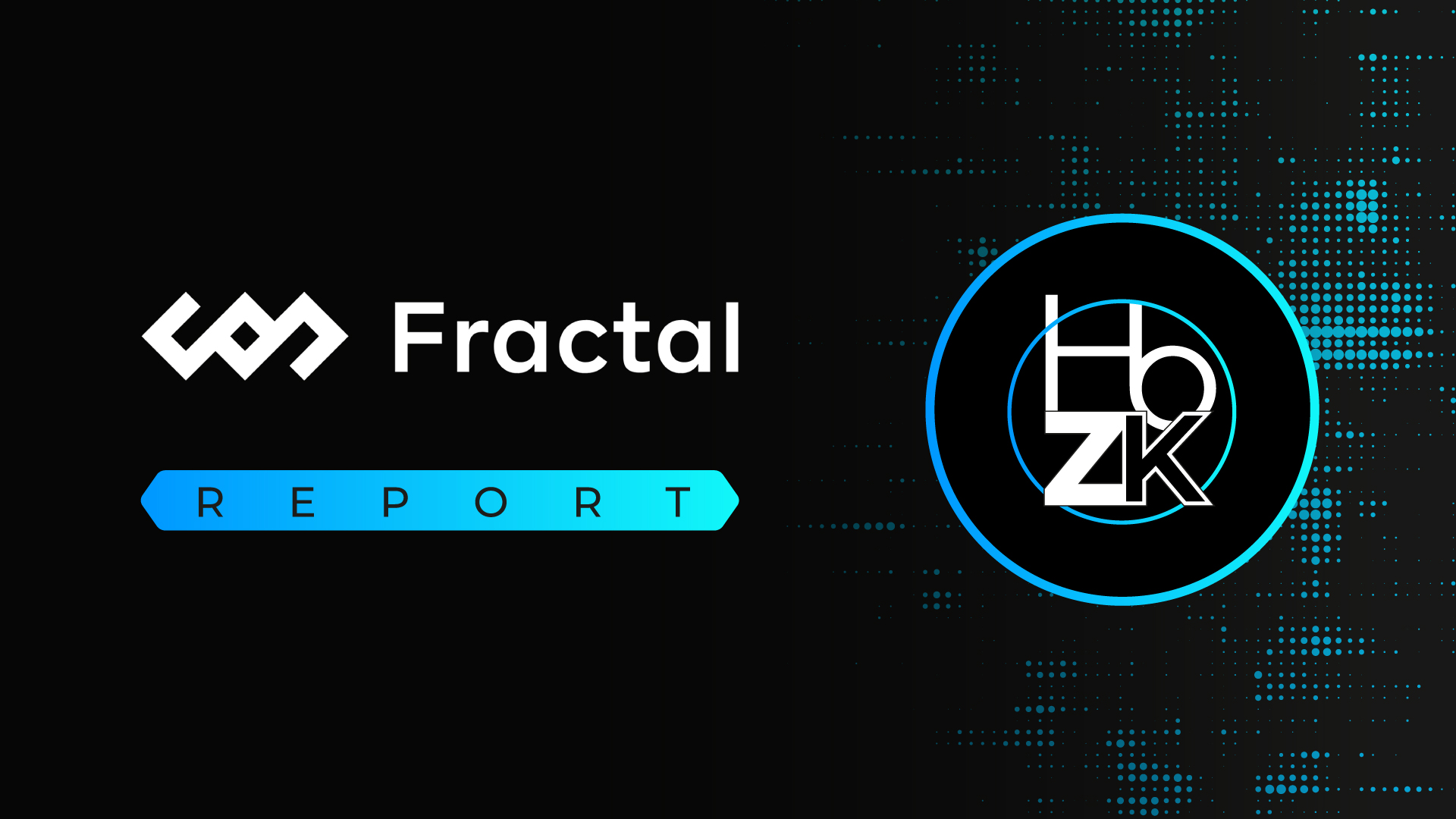
Anniversary
@fractal_bitcoin marked its first anniversary on Sep 9th, highlighting a year of consistent growth and integration with @Bitcoin. The project advanced in scalability, community participation, and network security: https://fractalbitcoin.io/updates/fractal-bitcoin-1-year-update-building-consistently-scaling-with-bitcoin
Highlights:
• Over 4 billion transactions processed and 19 million FB holders reached
• 93% of Bitcoin’s hashrate involved in merged mining via major pools
• Ecosystem expanded with projects like PizzaSwap, @SatWorld_io, @DeTradingcom, @Fractal_TLB and @DomoDucks
• Six token unlocks and the launch of Fractal Vault with 2.08M FB deposited
• Global hackathons and staking programs fostered adoption and engagement
BTCFi
Fractal Bitcoin has launched Wrapped Fractal Bitcoin (WFB), an ERC-20 token on @ethereum fully backed 1:1 by FB on the Fractal network: https://fractalbitcoin.io/updates/fractal-bitcoin-announces-wrapped-fb-wfb-on-ethereum
The initiative introduces 8.4 million FB to support cross-chain growth, with an initial 2.1 million locked for WFB issuance.
Designed to expand liquidity and accessibility, the move links Bitcoin’s value to Ethereum’s DeFi ecosystem while ensuring full on-chain transparency and phased releases.

GOAT Foundation
An article was released introducing the @GOATFDN - an independent entity focused on supporting and growing @GOATRollup: https://goatfoundation.io/blog/introducing-goat-foundation-plus-details-on-the-upcoming-goated-token
The article also describes the core utilities of the freshly launched $GOATED token:
• Participation Rewards Boost – $GOATED tokens can be staked or locked to enhance BTC yield rates or boost a user's reward share, thereby deepening engagement and capital retention.
• Ecosystem Building – $GOATED is used to incentivize developers, dApp creators/users, and ecosystem partners, fueling more apps and appetite for BTC-based services.
• Mining Rewards – Other than BTC gas fees, $GOATED tokens are rewards to sequencers/stakers for producing blocks and securing the network.
• Earning Additional Participation Rewards – Earning the potential for future rewards from GOAT Network and ecosystem partners in connection with network usage.
• Governance – Token holders will be able to propose and vote on governance decisions, playing a central role in shaping the direction of the GOAT Network ecosystem.
• Boost Sequencer Probabilities – Stakers of $GOATED increase their chances of being selected as sequencers, which directly earn BTC transaction fees. This creates an incentive for power users and node operators to engage with $GOATED.
Media
In a recent episode of @TheBlockPods, GOAT Network Core Contributor @kevinliub joined @imyoungsparks to discuss how GOAT Network expands @Bitcoin’s capabilities: https://x.com/TheBlockPods/status/1971206664125558941
Kevin outlined the projects vision for a Bitcoin L2 focused on scalability, security, and yield generation. He explained lessons from @ethereum rollups, technical trade-offs, and how Goat aims to build a sustainable community-driven network for future Bitcoin applications.
He further explained how Bitcoin needs L2 networks to ensure sustainable growth in an interview with @Cointelegraph: https://cointelegraph.com/news/why-bitcoin-needs-bitcoin-l2s-ama-recap-with-goat-network
Kevin, shared how his team built the entire stack themselves, from zkVM and BitVM2 to a decentralized sequencer network. He noted that decentralized sequencers and BTC-based rewards can strengthen miner income as block rewards decline, keeping Bitcoin’s ecosystem active and balanced.
Publications
@TheBlock__ published an article describing why Bitcoin L2 networks are becoming vital for the ecosystem’s long-term health: https://theblock.co/post/370357/why-do-we-need-bitcoin-l2s
As mining rewards decline, L2s can create new revenue streams and support Bitcoin’s security. The piece highlights GOAT Network’s zkRollup technology and BitVM2 system, which enable fast off-chain computation, native Bitcoin-level verification, and BTC-based DeFi yield opportunities.
Upcoming Features
Dr. Redouane Elkamhi, Chief Economist at GOAT Network and Professor of @UofT, joins other Bitcoin scaling pioneers in the first series of ZK Industry Leaders: https://x.com/HouseofZK/status/1969045760160174379
Te episode will be streamed live from the @HouseofZK X and YouTube channels on October 10th at 1pm UTC. Previous episodes featured BitVM creator @robin_linus and @StarkWareLtd CEO @EliBenSasson.

@layeredge shared a post explaining how blockchain scalability still remains a major issue for networks like @Bitcoin and @ethereum: https://x.com/layeredge/status/1968583690532868607
The project highlighted proof recursion as a solution, a method that compresses many ZKPs into a single verifiable one. This process reduces computational load, lowers costs, and increases efficiency.
By anchoring the final proof to Bitcoin’s Proof-of-Work, a recursion-based system preserves security while enabling faster and more scalable blockchain operations.
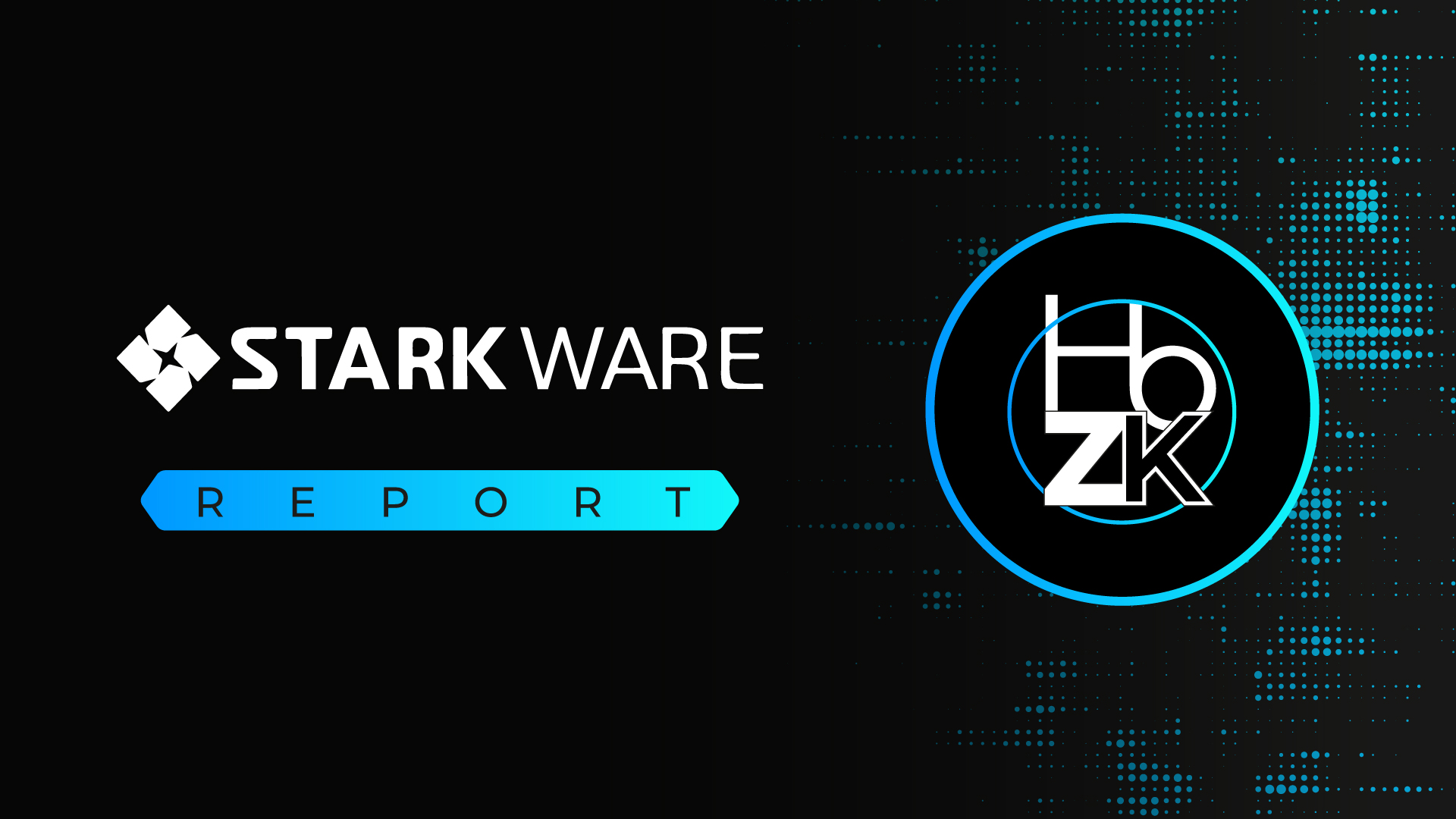
BTCFi Season
The @StarknetFndn has launched BTCFi Season, a six-month incentive program aimed at expanding Bitcoin-based DeFi on Starknet: https://starknet.io/blog/starknet-foundation-introduces-btcfi-season/
Backed by 100 million STRK tokens, it supports protocols offering BTC lending, borrowing, and liquidity pools. Managed with @openblocklabs, the program allocates STRK weekly to participating protocols, which distribute rewards to users. BTCFi Season seeks to strengthen sustainable BTC yield and ecosystem growth on Starknet.
Wrapped BTC
@WrappedBTC is now available natively and via bridge on Starknet, enabling users to mint and redeem directly on the network: https://x.com/Starknet/status/1973787672343613447
The move removes reliance on @ethereum, reducing friction for both individuals and institutions. WBTC holders can now stake, provide collateral, and earn yields, reinforcing Starknet’s expanding role in decentralized Bitcoin finance.
Partnerships and Integrations
@Starknet has partnered with @Re7Capital to bring institutional-grade @Bitcoin and stablecoin strategies onchain: https://x.com/Starknet/status/1972967599224094971
Re7 launched two tokenized funds on Starknet - the Bitcoin Yield Fund (mRe7BTC) and Stablecoin Yield Fund (mRe7USD) - along with a managed LP vault to enhance execution. The collaboration aims to deepen liquidity and boost DeFi efficiency through composable, permissionless financial infrastructure.
The project also partnered with @LayerZero_Core to enable Bitcoin liquidity on its network, potentially unlocking billions in assets: https://x.com/Starknet/status/1973758125929898180
The integration allows Bitcoin to be used across Starknet for staking, lending, and liquidity pools, as well as advanced yield strategies. LayerZero provides the connectivity, while Starknet handles execution, positioning Bitcoin for broader decentralized financial use.
Lastly, Starknet has integrated @Lombard_Finance, a yield-bearing Bitcoin asset from Lombard Finance, into its ecosystem: https://x.com/Starknet/status/1975894551899279558
Fully backed by BTC and powered by @babylonlabs_io’ Bitcoin Staking Protocol, LBTC enables users to stake, trade, lend, or pursue yield strategies while keeping liquidity. It’s available via swaps on @avnu_fi or direct minting through Lombard’s platform.
Media
@EliBenSasson, CEO of @StarkWareLtd, featured in the second episode of @HouseofZK's ZK Industry Leaders series, where he emphasized that Bitcoin’s future depends on solving scalability, accessibility, and user-experience challenges: https://youtube.com/watch?v=4vWaJNWTgzI
He highlighted Starknet’s work to make Bitcoin more programmable while preserving its decentralised principles. Sasson discussed Starkware’s industry-wide collaboration on BitVM and OPCAT research, aiming to enable self-custodial, cryptographically secure Bitcoin L2s.
He also noted progress with Starknet’s decentralised sequencing, connecting of Ethereum and Bitcoin, and commitment to open research, privacy, and long-term Bitcoin adoption.
Other episodes in the series feature BitVM creator @robin_linus, @GOATRollup Chief Economist Redouane Elkamhi, and @AlpenLabs CEO @simanta_gautam.
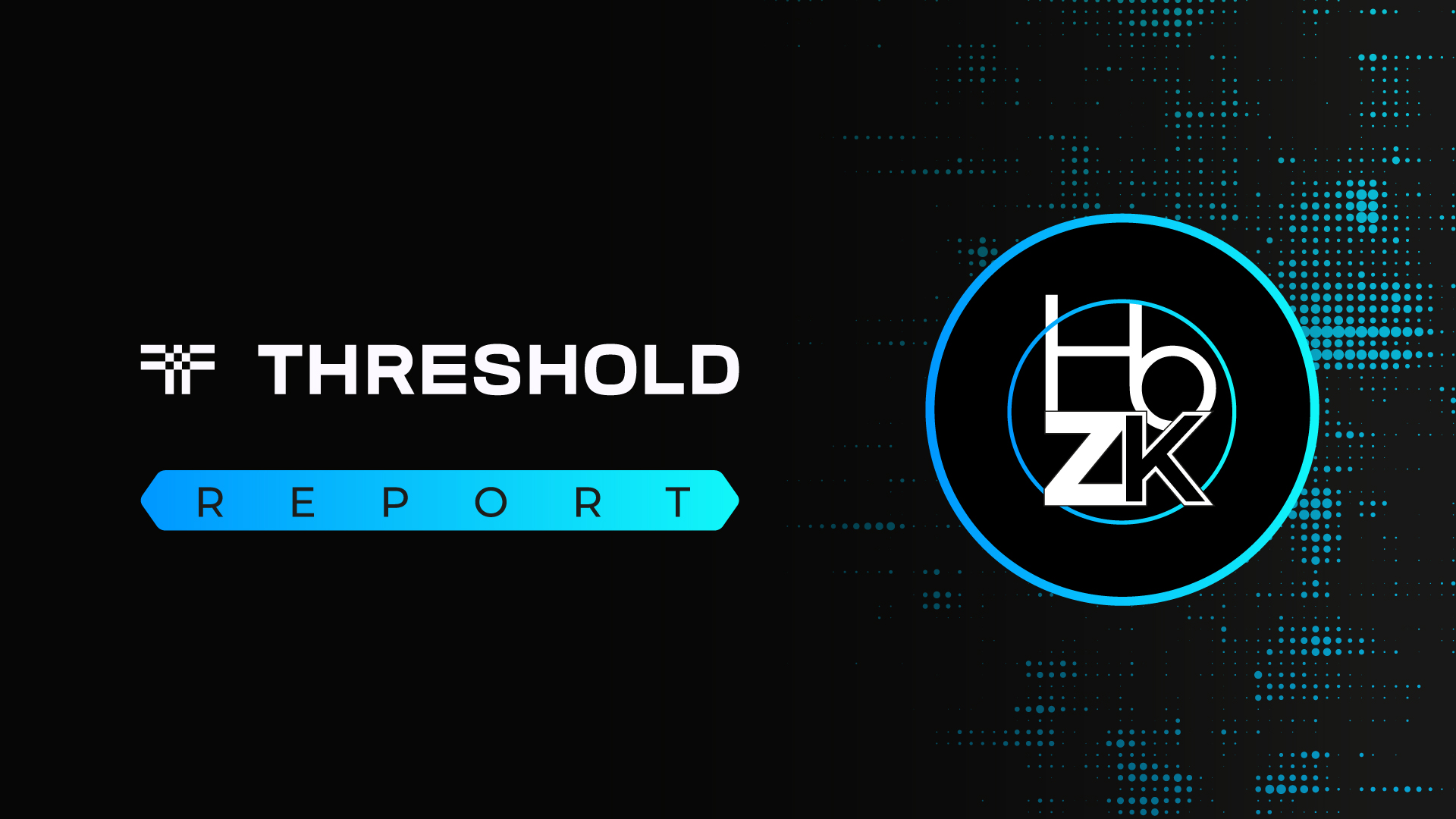
@TheTNetwork and @Starknet have launched the next phase of BTCFi Season, integrating @tBTC_project into Starknet’s low-cost DeFi ecosystem: https://blog.threshold.network/btcfi-season-on-starknet-with-tbtc/
Users can mint, stake, lend, and provide liquidity for @Bitcoin with transaction costs under $0.01. Backed by 100 million STRK rewards, the campaign incentivizes participation across @EkuboProtocol, @endurfi, and @vesuxyz, targeting up to 5% APR while maintaining cryptographic self-custody through Starknet’s ZK technology.
The project has also launched the tBTC pool on Yield Basis, enabling protected Bitcoin liquidity strategies through automated leverage and impermanent loss mitigation: https://blog.threshold.network/tbtc-pool-is-live-on-yield-basis/
The integration applies 2x leverage with 200% collateralization, automatically rebalancing to avoid liquidation risk. Over $1 million was deposited on launch, later expanding to $10 million. The system lets tBTC holders earn yield while maintaining security through decentralized custody and mathematical safeguards.
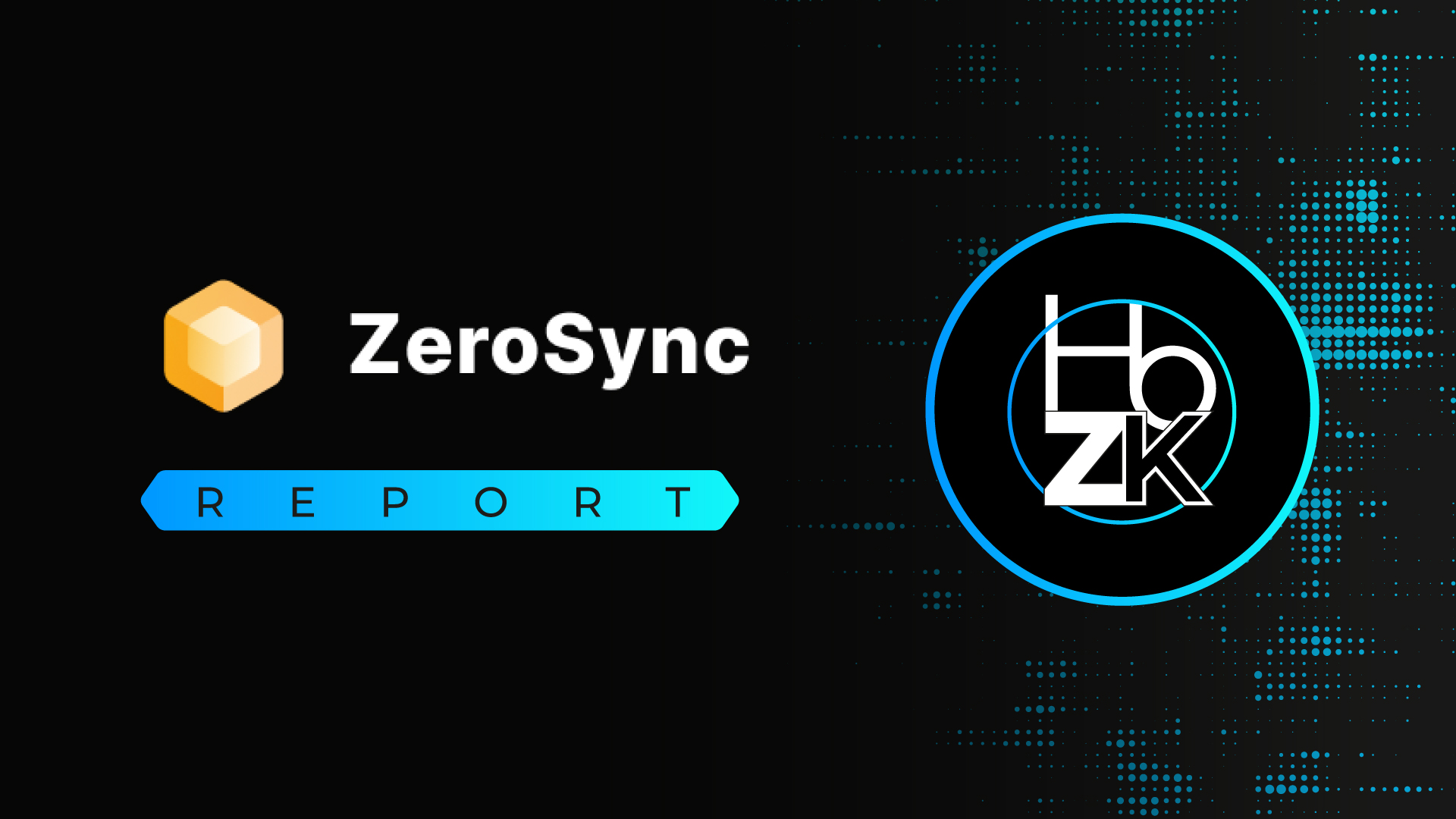
Media
In the genesis episode of ZK Industry Leaders by @HouseofZK, BitVM & @ZeroSync_ creator @robin_linus joined @alicelingl to discuss the latest developments in BitVM research: https://youtube.com/watch?v=8zCB2yXHINM
Robin outlined BitVM’s optimistic verification of SNARKs within Bitcoin Script’s limits and how BitVM3’s garbled circuits cut on-chain costs - from multi-megabyte disputes to 10 KB assertions and 200-byte fraud proofs - shifting burden off-chain with a one-time setup in hours. They compared alternatives, touched opcode debates, and noted how fast the research is moving.
Other episodes in the series feature @StarkWareLtd CEO @EliBenSasson, @GOATRollup Chief Economist Redouane Elkamhi, and @AlpenLabs CEO @simanta_gautam.
Tech
On his personal X, Robin reported that by optimizing @liameagen’s method, his team reduced the on-chain cost of BitVM3-style Bitcoin bridges to about 7 kB (≈1.8 kvB), making transactions far more efficient: https://x.com/robin_linus/status/1974231480944447738